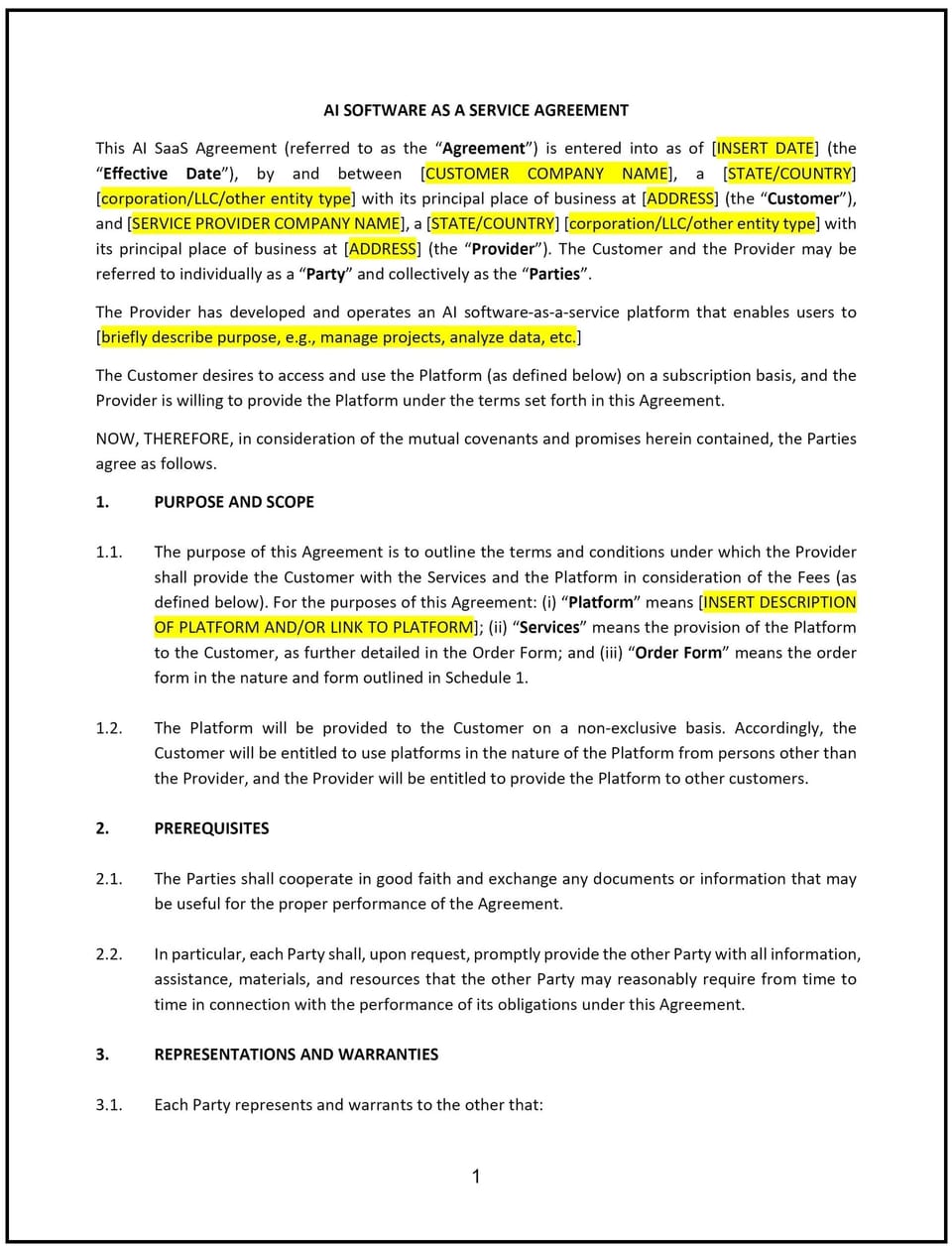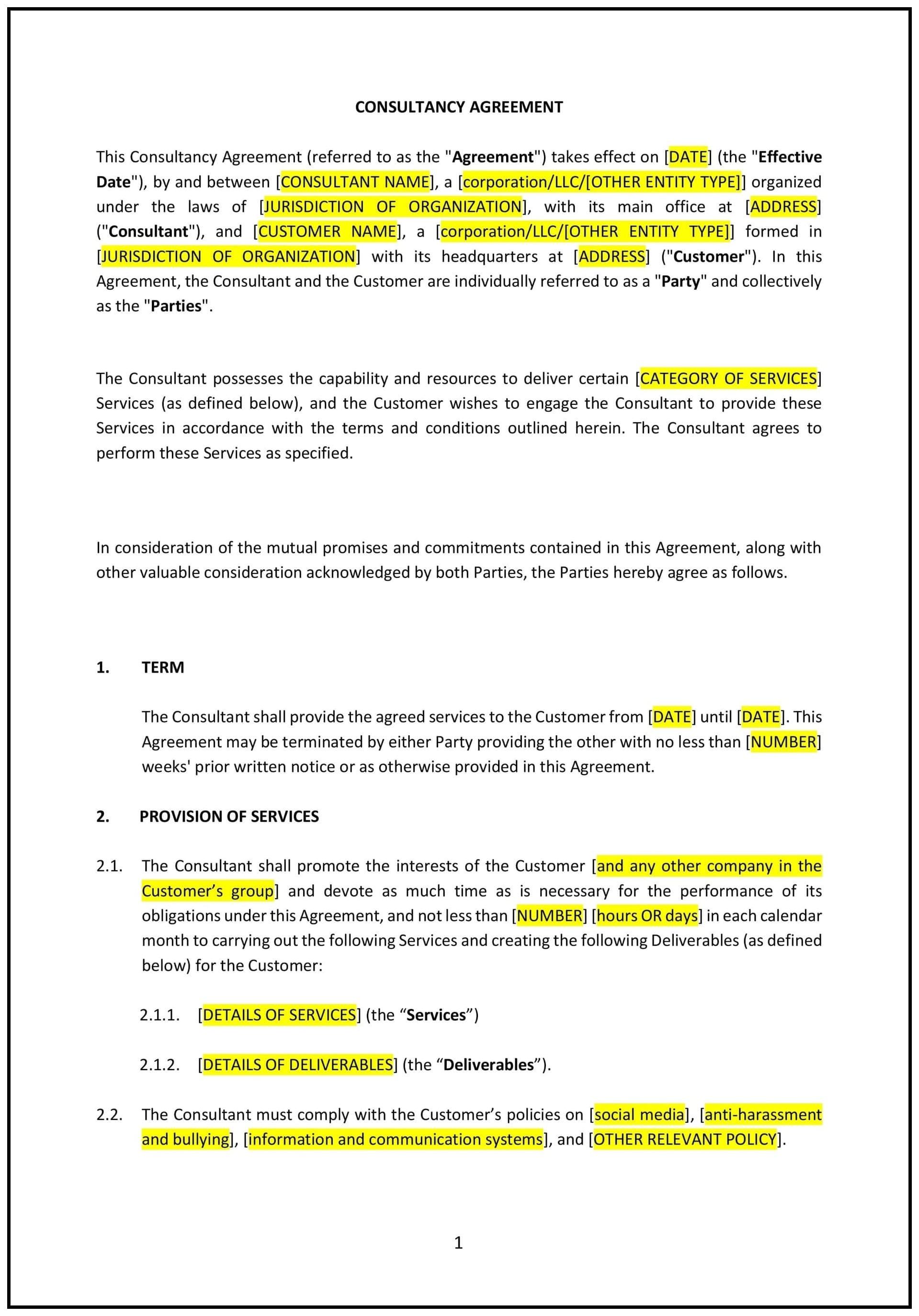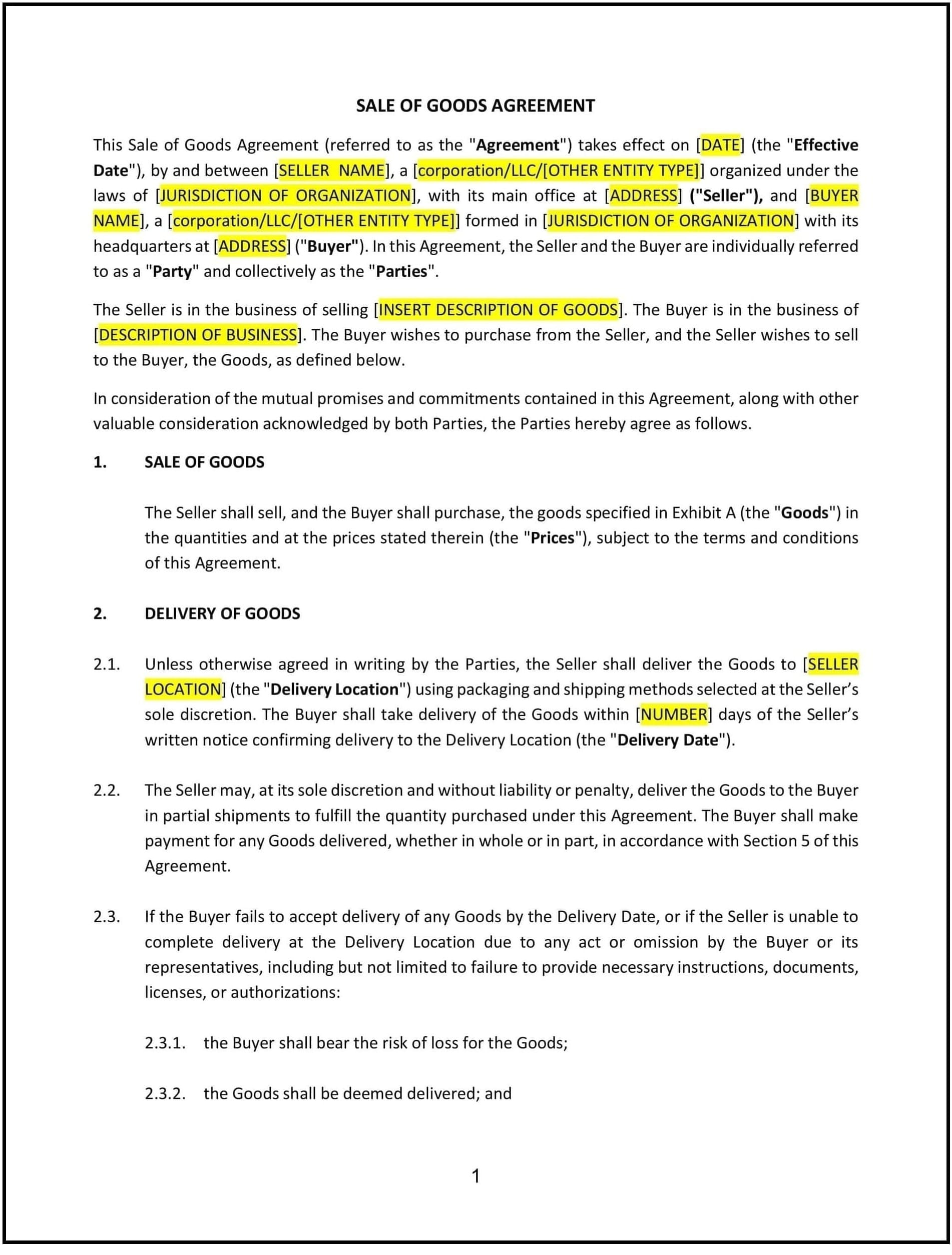AI SaaS Agreement (Alaska): Free template

AI SaaS Agreement (Alaska)
An AI SaaS Agreement (Artificial Intelligence Software as a Service Agreement) is a legally binding contract between a software provider (the "Provider") and a client (the "Client") that outlines the terms and conditions under which the Provider will deliver cloud-based artificial intelligence software services. In Alaska, AI SaaS Agreements are commonly used in industries such as healthcare, finance, e-commerce, logistics, and education. Alaska’s adherence to the Uniform Commercial Code (UCC) and its consumer protection laws, including the Alaska Unfair Trade Practices and Consumer Protection Act, provide a solid foundation for drafting and enforcing such agreements.
For example, an Anchorage-based AI SaaS company might use an AI SaaS Agreement to formalize its partnership with a Fairbanks-based business to provide access to its AI-driven customer relationship management (CRM) platform. A well-drafted AI SaaS Agreement ensures clarity on service scope, performance expectations, payment terms, data security protocols, and alignment with Alaska’s legal framework.
Tips for drafting and maintaining an AI SaaS Agreement in Alaska
- Define the scope of services: Clearly specify the AI software services being provided, including any limitations or exclusions. Ensure the agreement outlines the Provider’s responsibilities and the Client’s expectations.
- Example: “The Provider grants the Client access to its AI-driven CRM platform, including all features outlined in Exhibit A, for the term of this agreement.”
- Include details about whether the services are subscription-based, usage-based, or time-bound.
- Outline service levels and performance metrics: Specify the expected level of service, including uptime guarantees, response times, resolution timelines, and key performance indicators (KPIs). Include penalties or remedies for failing to meet these standards.
- Example: “The Provider guarantees 99.9% platform uptime per month and will respond to critical issues within 4 hours of notification. Any downtime exceeding 0.1% will result in a 5% credit toward the monthly subscription fee.”
- Establish payment terms: Detail how the Client will compensate the Provider, whether through a flat fee, subscription model, usage-based pricing, or other arrangements. Include payment schedules, invoicing procedures, late payment penalties, and any additional costs for premium features or support.
- Example: “The Client agrees to pay the Provider a monthly subscription fee of $500, due within 10 days of the invoice date. Late payments will incur a penalty of 1.5% per month.”
- Clarify intellectual property rights: Define ownership of the AI software and any intellectual property created or used during the provision of services. Specify whether the Client retains ownership of custom-developed features or configurations.
- Example: “All intellectual property related to the AI software remains the exclusive property of the Provider. The Client is granted a non-exclusive, non-transferable license to use the software during the term of this agreement.”
- Include confidentiality provisions: Protect sensitive information shared between the parties by including confidentiality clauses that comply with Alaska’s trade secret and privacy laws. Address data security measures to safeguard the Client’s information.
- Example: “Both parties agree to maintain the confidentiality of all proprietary information disclosed during the term of this agreement and for a period of 3 years thereafter. The Provider will implement industry-standard encryption and access controls to protect the Client’s data.”
- Address data security and compliance: Specify the Provider’s obligations regarding data protection, cybersecurity, and compliance with applicable regulations such as HIPAA, GDPR, or PCI-DSS if relevant.
- Example: “The Provider will implement and maintain a comprehensive cybersecurity program, including firewalls, intrusion detection systems, and regular vulnerability assessments. The Provider will also comply with all applicable data protection laws.”
- Set termination provisions: Define the circumstances under which the agreement can be terminated, such as breach of terms, non-payment, or mutual consent. Include steps for transitioning services if the agreement ends, such as exporting data or credentials.
- Example: “Either party may terminate this agreement with 30 days’ written notice if the other party fails to comply with the terms outlined herein. Upon termination, the Provider will assist the Client in exporting their data.”
- Include disaster recovery and business continuity plans: Specify the Provider’s responsibilities in the event of a system failure, data breach, or other disruptions. Outline backup procedures, recovery time objectives (RTOs), and recovery point objectives (RPOs).
- Example: “The Provider will maintain daily backups of the Client’s data and store them in a secure offsite location. In the event of a disaster, the Provider will restore services within 24 hours.”
- Align with Alaska-specific laws: Ensure the agreement adheres to Alaska’s contract laws, including the Alaska Uniform Commercial Code (UCC) for transactions involving goods. Additionally, address compliance with consumer protection statutes, such as the Alaska Unfair Trade Practices and Consumer Protection Act, and data privacy regulations.
- Example: “This agreement shall be governed by and construed in accordance with the laws of the State of Alaska. Both parties agree to comply with all applicable state and federal laws, including consumer protection and data privacy regulations.”
- Specify warranties and disclaimers: Include any warranties provided by the Provider, such as service quality or uptime guarantees, as well as disclaimers for issues outside the Provider’s control.
- Example: “The Provider warrants that the AI software will perform substantially in accordance with the documentation provided. However, the Provider disclaims any liability for damages caused by third-party integrations, hardware failures, or acts of nature.”
Frequently asked questions (FAQs)
Q: Is an AI SaaS Agreement enforceable in Alaska?
A: Yes, as long as the agreement is clear, reasonable, and complies with Alaska contract laws, it is legally enforceable. Including specific terms and signatures from both parties strengthens its validity.
Q: What key elements should an AI SaaS Agreement include in Alaska?
A: It should include the scope of services, service levels and performance metrics, payment terms, intellectual property rights, confidentiality provisions, data security measures, termination clauses, disaster recovery plans, alignment with Alaska laws, and dispute resolution mechanisms.
Q: Can an AI SaaS Agreement be ended early in Alaska?
A: Yes, if the agreement includes a termination clause, either party can terminate the agreement with reasonable notice. The terms should specify the conditions and procedures for termination, including data export assistance.
Q: What industries frequently use AI SaaS Agreements in Alaska?
A: Industries such as healthcare, finance, e-commerce, logistics, and education frequently use AI SaaS Agreements in Alaska. For instance, a Juneau-based tech company might partner with a local business to provide access to its AI-driven logistics optimization platform.
Q: How can disputes over an AI SaaS Agreement be resolved in Alaska?
A: Disputes can often be resolved through negotiation or mediation to avoid costly litigation. However, if necessary, disputes may be resolved in court or through arbitration, depending on the terms specified in the agreement. Including a clear dispute resolution clause in the contract—such as requiring arbitration or specifying jurisdiction in Alaska courts—can streamline the process and reduce uncertainty.
This article contains general legal information and does not contain legal advice. Cobrief is not a law firm or a substitute for an attorney or law firm. The law is complex and changes often. For legal advice, please ask a lawyer.


